Understanding the hair transplant risks
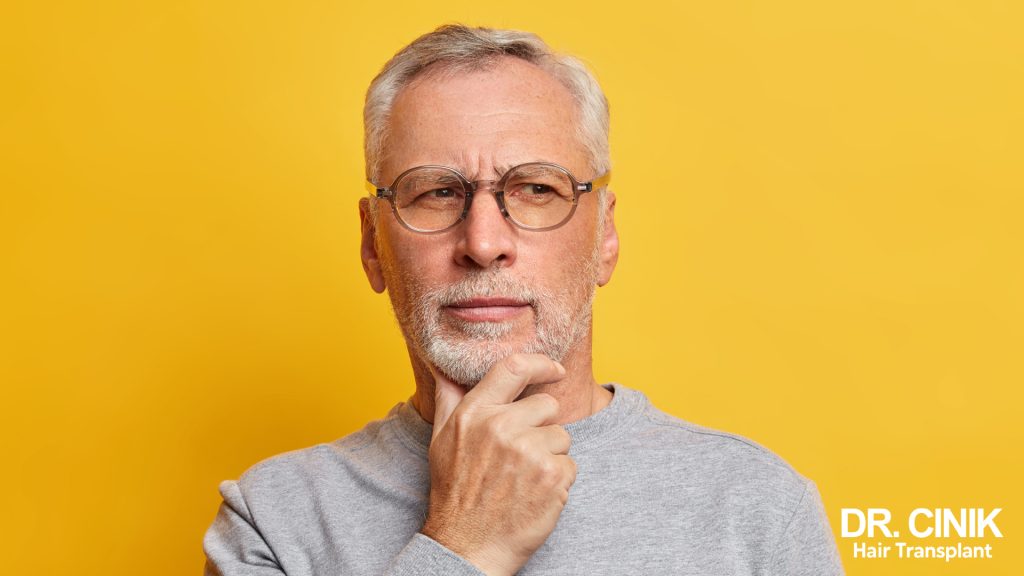
Sommaire
Hair transplantation is a medical procedure that involves moving hair follicles from one part of the body (usually the back of the scalp) to a bald or thinning area. While this procedure can be an effective solution for baldness, it carries certain risks and potential side effects. Find out the risks associated with hair transplantation and all our tips for promoting smooth healing.
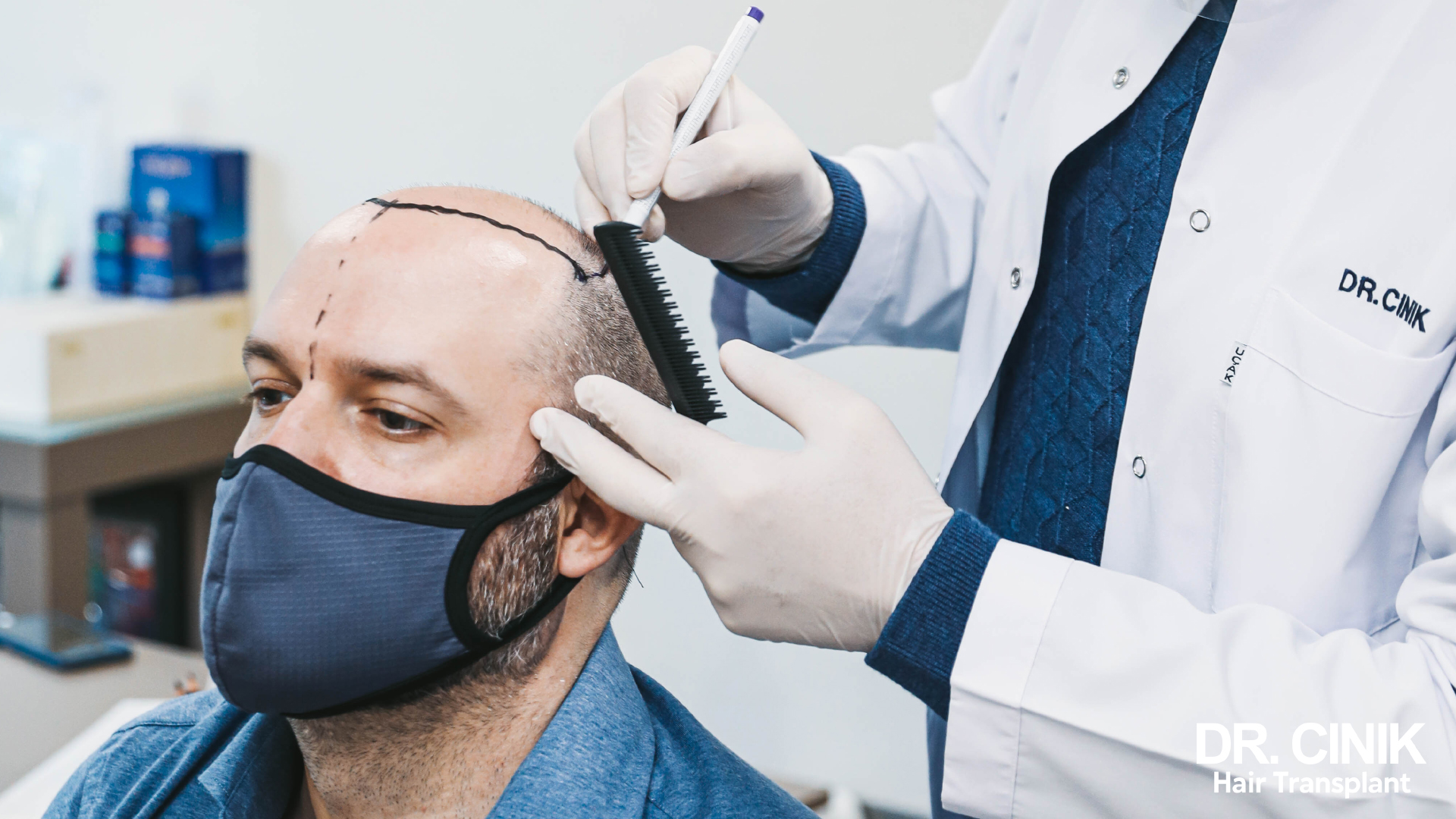
What are the possible side effects after a hair transplant?
Hair transplantation is considered a minimally invasive procedure, especially compared to other types of surgery. However, as with any medical intervention, it can present certain risks. As a rule, these side effects are not serious and are temporary, especially if the patient follows his or her surgeon’s post-operative instructions. Following post-operative instructions and keeping in regular contact with your medical team is essential to ensure an uncomplicated recovery.
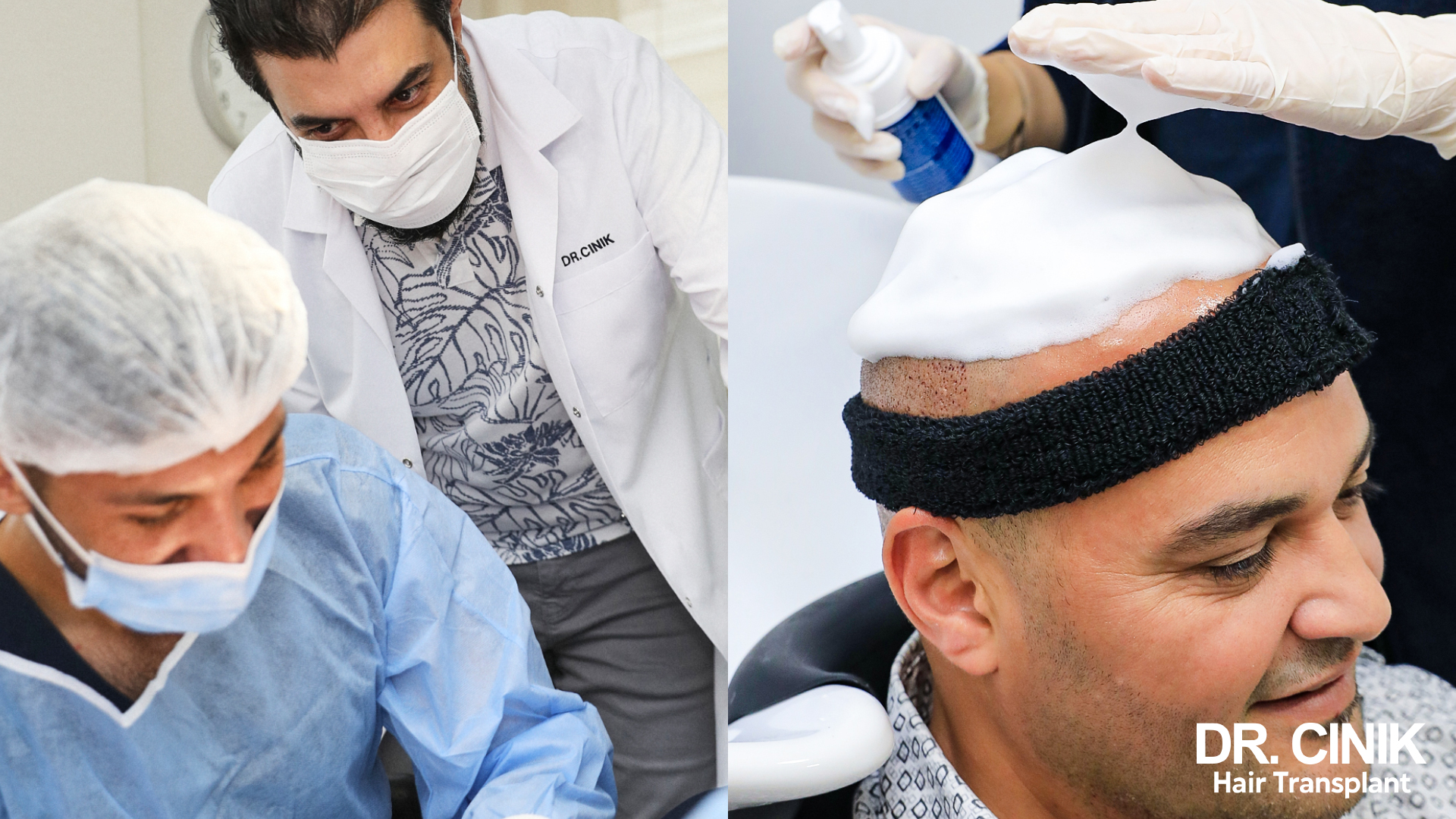
Common, non-serious side effects
After hair transplantation, several common but generally non-serious side effects can occur. These may include:
- Temporary scalp numbness is a common, non-serious side effect that may last a few weeks. This is due to the disruption of scalp nerves during the procedure.
- Slight swelling of the face: it is possible to observe slight swelling, particularly around the eyes and forehead, after the operation. Due to the anaesthetic, this side effect is generally temporary and disappears within a few days.
- Itching associated with healing: as the scalp begins to heal, it may become itchy. This is a common side effect and generally not serious. It’s important not to scratch the area to avoid damaging the transplanted hair follicles.
- The formation of scabs linked to healing: scabs generally form the day after the hair transplant, around the areas where the hair was transplanted. Crusts act as a protective barrier against infection. They usually fall off on their own within 10 days of the operation. If this is not the case, it is advisable to consult your surgeon.
- Shock loss is a common phenomenon where transplanted hair falls out around three months after the procedure. This is a normal reaction to trauma and is not usually a cause for concern. Hair usually grows back in several weeks or months. Note that hair regrowth can vary from person to person.
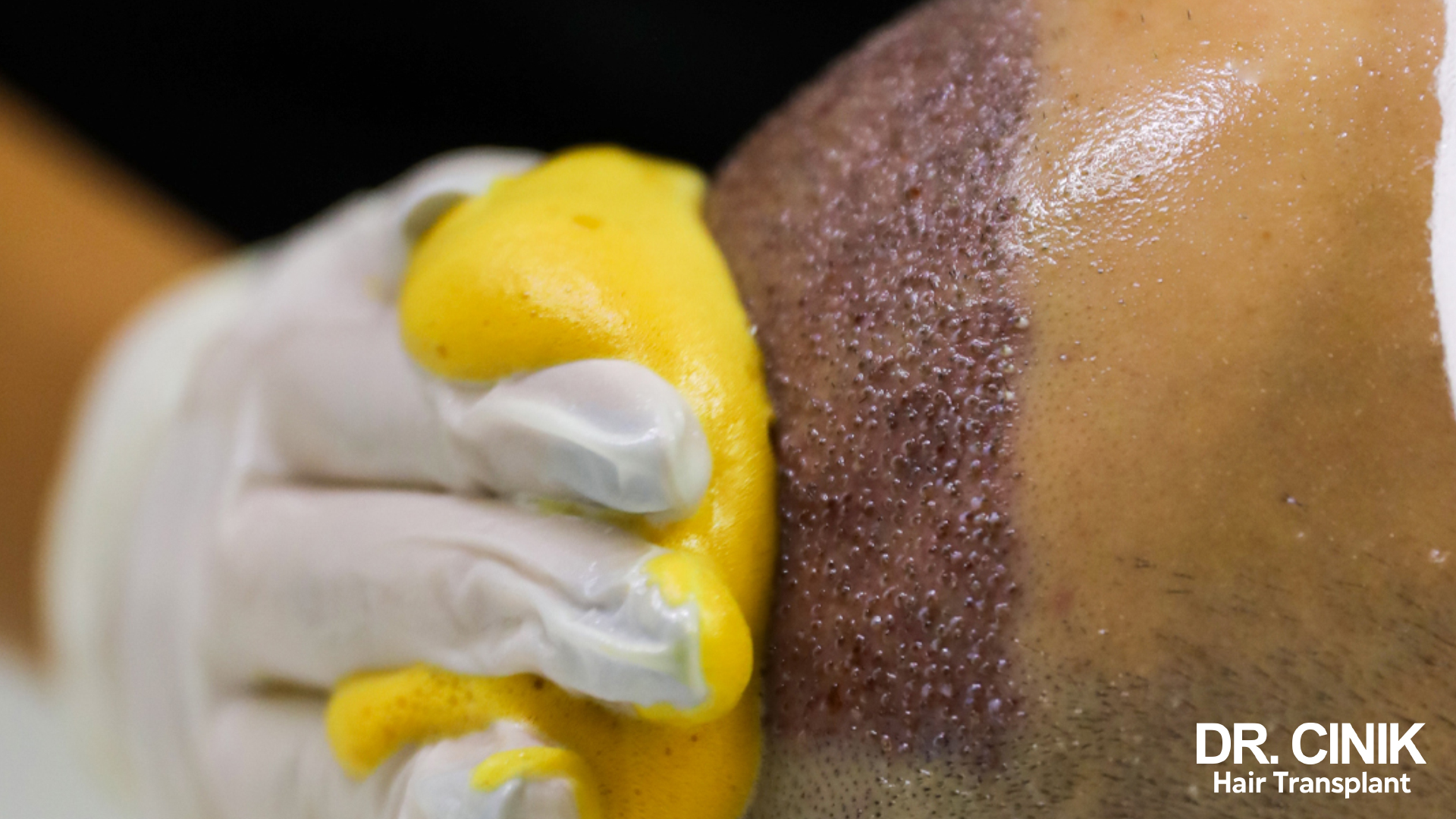
Rare and non-serious side effects
Some rare and non-serious side effects can occur after a hair transplant surgery:
- Bleeding: Although rare, slight bleeding may occur at the site of the incisions. It usually stops with light pressure.
- Hiccups: some people experience hiccups after the procedure. Post-procedure hiccups are caused by stimulation of the diaphragm in anxious patients. Although uncommon, it can be uncomfortable and last for several hours or even 2-3 days.
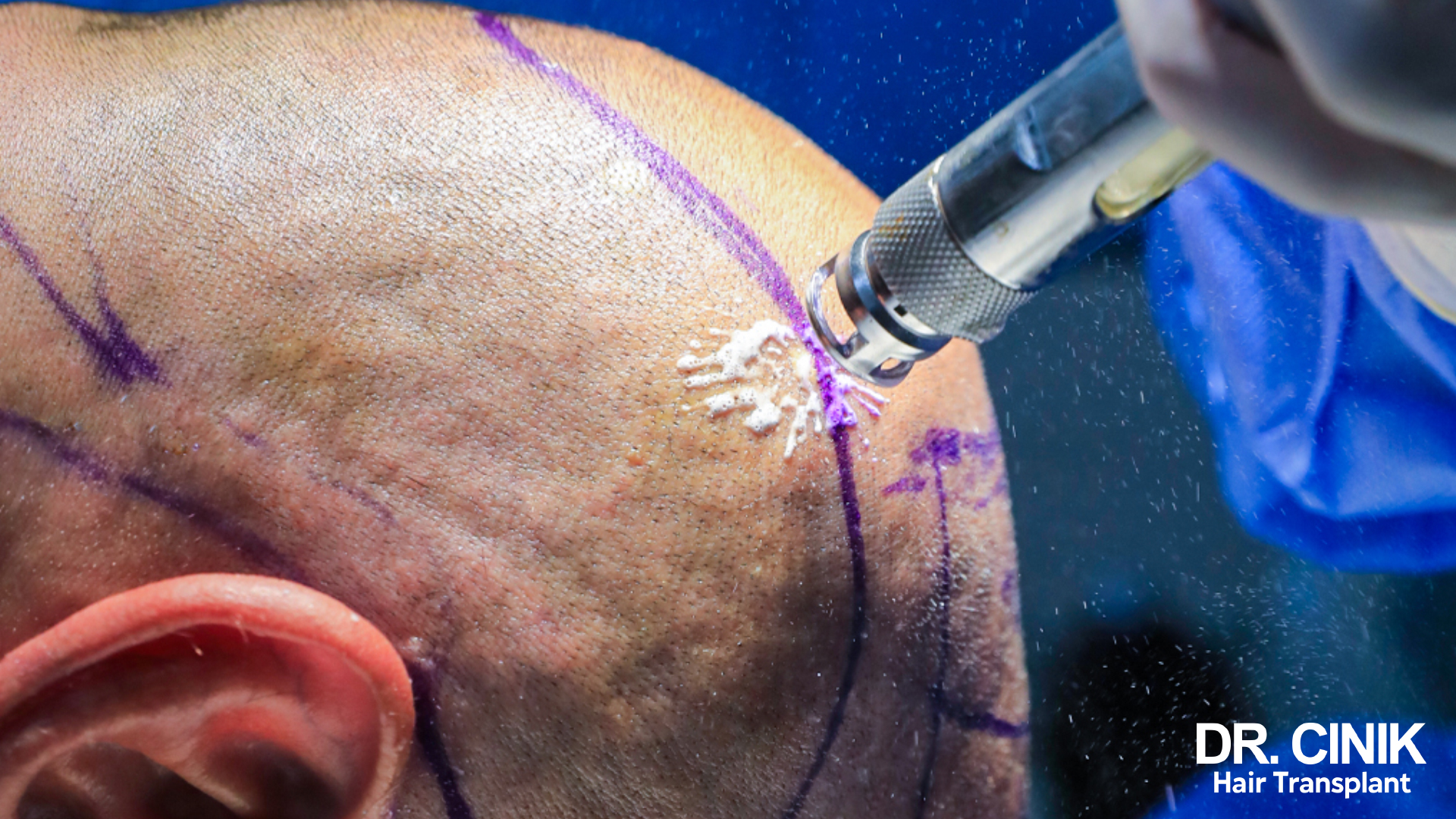
Very rare and severe side effects that require consultation
Hair transplantation is a surgical procedure that requires strict adherence to pre- and post-operative instructions. These instructions minimise risks and ensure a rapid, complication-free recovery. Despite these precautions, some very rare but severe side effects require immediate medical consultation.
- Anaphylactic shock: this severe allergic reaction can occur in response to anaesthesia or other drugs used during the procedure. It is a medical emergency requiring immediate attention.
- Folliculitis is an inflammation or infection of the hair follicles that can appear as small white pimples on the scalp. Although not common, folliculitis may need to be treated with antibiotics.
- Infection of the recipient area: this is a rare complication but can occur if the graft area is not adequately cared for after surgery. Signs of infection may include excessive redness, swelling, intense pain or purulent discharge.
- Scarring or infection of the donor area: these complications are more common in patients who have undergone hair follicle transplantation using the strip technique (FUT). Signs of infection may be similar to those of infection of the recipient area.
- Temporary hair loss in the donor area (Donor Area Effluvium): in rare cases, the donor site may experience temporary hair loss. This is generally not serious, and the hair grows back over time.
Although rare, these severe side effects underscore the importance of careful post-operative monitoring. Any sign of abnormality or complication should be reported to your doctor immediately. In case of doubt, it’s always best to consult your doctor.
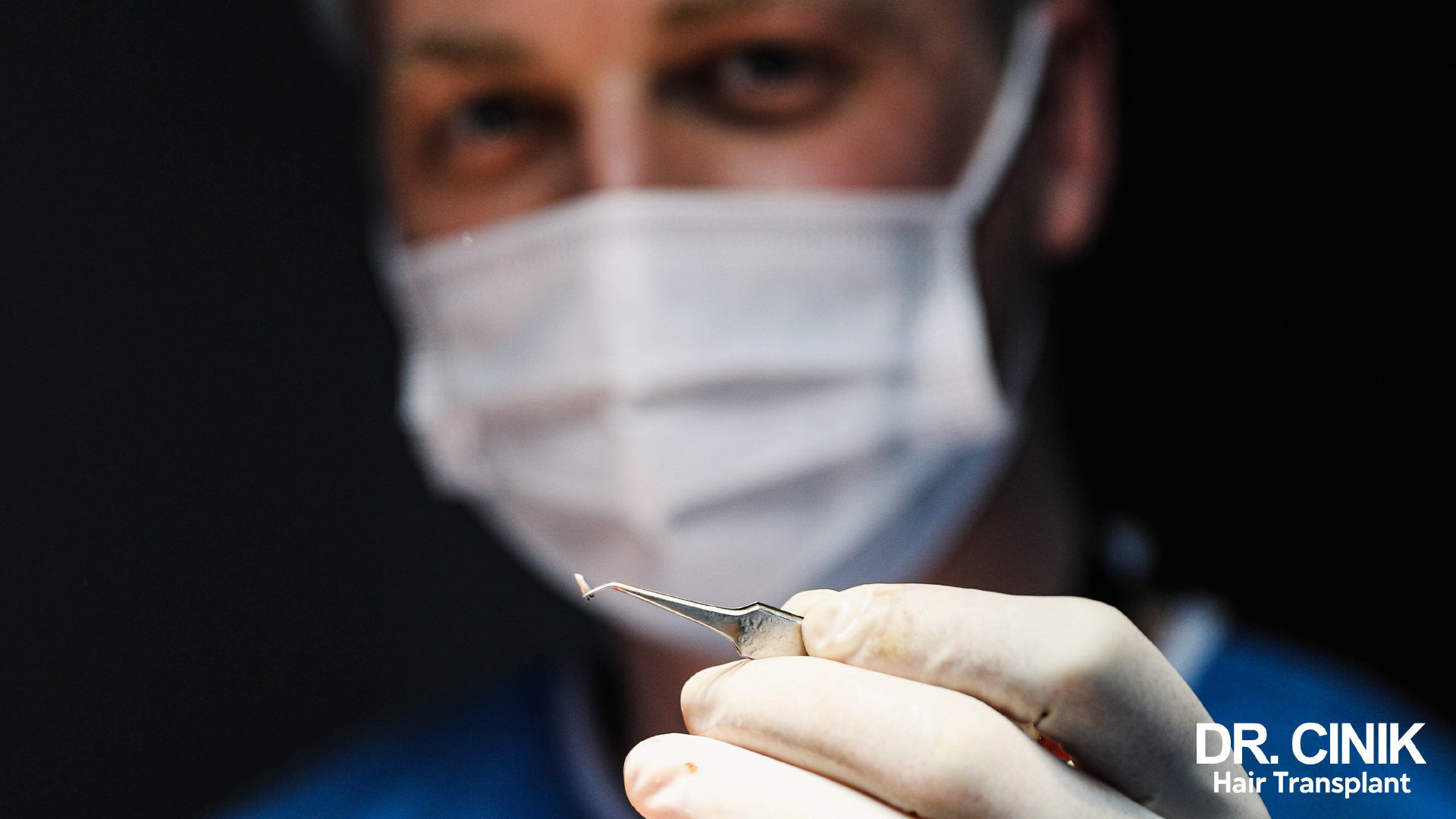
How to minimise the risks associated with a hair transplant
Minimising the risks of a hair transplant requires good preparation and rigorous follow-up. Selecting a qualified and experienced surgeon ensures a safe procedure and a natural result. Make sure that the surgeon you choose has solid experience of hair transplants and that the medical team around him or her is able to answer all your questions before and after the procedure. Don’t hesitate to discuss the surgical approach to be used for your transplant with your surgeon and to raise any questions you may have.
After surgery, following postoperative instructions is essential to promote healing and prevent infection. These may include instructions on caring for the graft area, monitoring medications, avoiding certain activities and keeping track of post-operative visits.
Also, a healthy lifestyle can help promote healing and improve hair transplant results. This includes a balanced diet, quality sleep, stress management and stopping smoking and alcohol.
If you notice any signs of infection or other complications after surgery, it’s essential to contact your surgeon immediately. Prompt intervention can help prevent more serious problems.
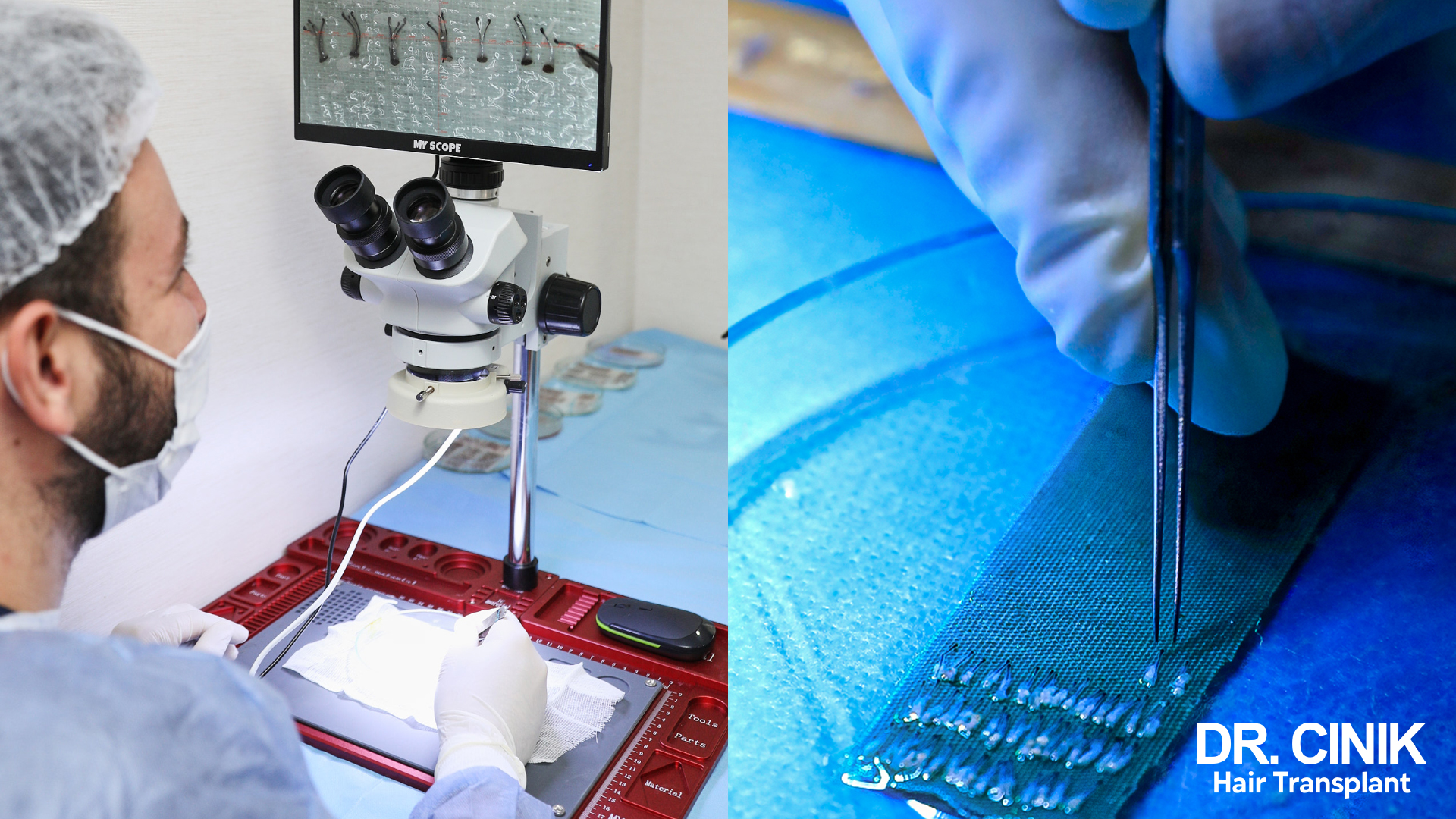
Is having a hair transplant in Turkey riskier than elsewhere?
Performing a hair transplant in Turkey is not necessarily riskier than elsewhere, provided you are diligent in your choice of clinic and surgeon. Turkey is a destination of choice for hair transplant surgery due to its more affordable costs and the quality of services offered in some clinics.
However, as with any medical procedure, it is essential to do your research and choose an experienced and reputable surgeon.
Whether the procedure is performed in Turkey or Europe, compliance with pre-and post-operative instructions and good communication with the surgeon and his or her medical team are crucial to minimising these risks and ensuring the best possible results.
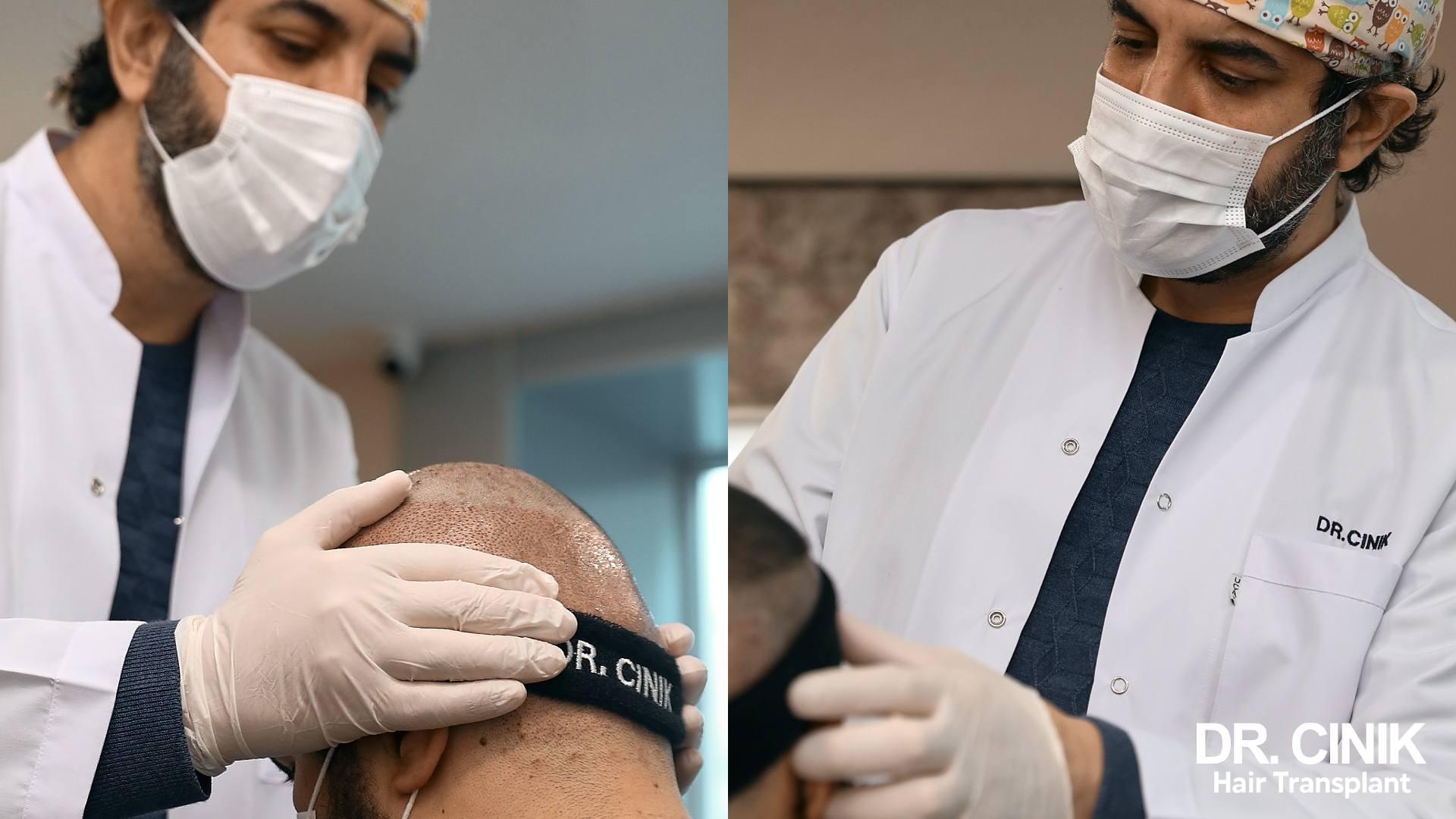
 en
en



